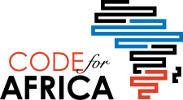Why Measure Dust?? Being able to see the dust blowing in the wind has broad implications. Today, one in eight people in the world dies from exposure to air pollution, which includes dust. This stunning fact, issued by the World Health Organization in March 2014, adds up to 7 million premature deaths per year. Air […]







